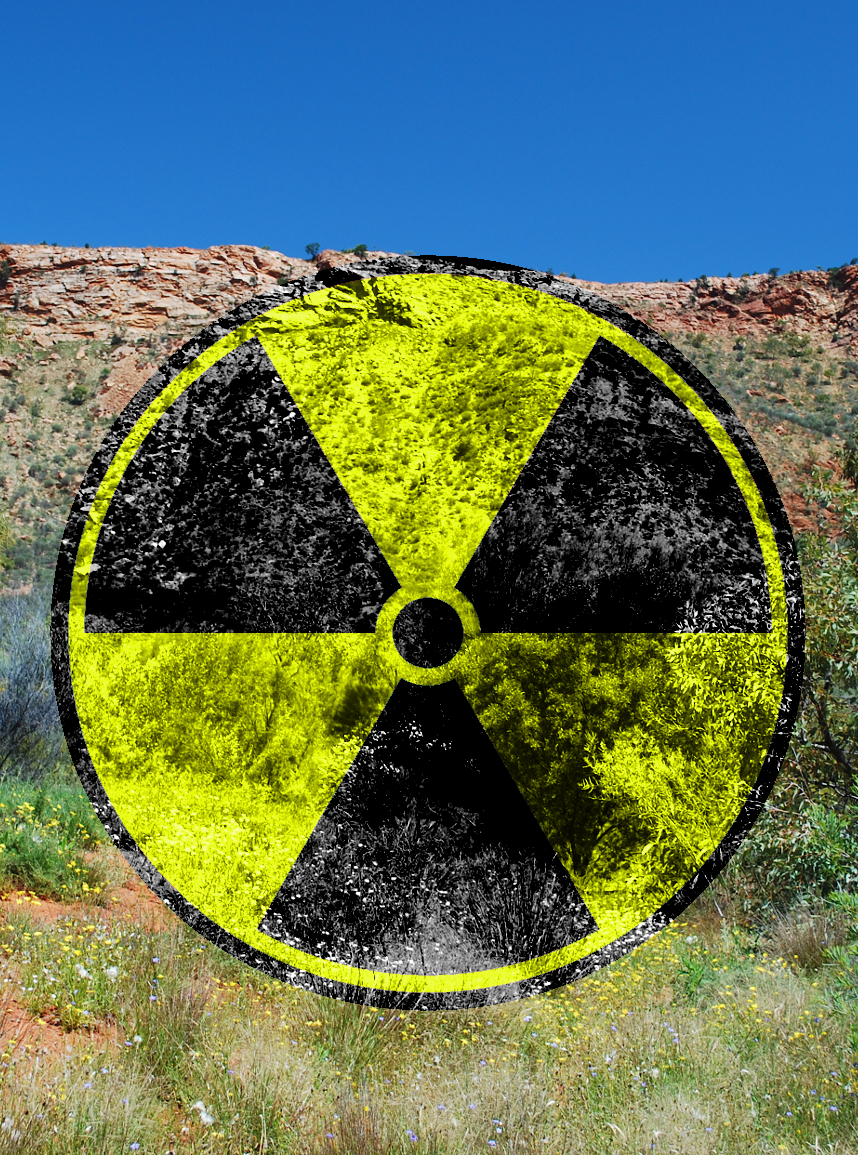Test sea still affected
 Marine scientists have discovered there remains a radiation risk at the site of Britain’s first nuclear tests in Australia.
Marine scientists have discovered there remains a radiation risk at the site of Britain’s first nuclear tests in Australia.
More than half a century since Britain conducted the first nuclear tests in Australia, at the Montebello Islands in WA’s north, researchers say there is still a radiation risk to marine life and tourists.
An ongoing research project has seen the collection and subsequent testing of more than 100 samples of marine sediment and marine life from the underwater ecosystem of the archipelago of islands.
“It is really important that we try and understand exactly what type of radionuclides and what levels of radiation remain in the marine ecosystem at the Montebello Islands,” says Edith Cowan University (ECU) PhD student Ms Madison Hoffman.
“We’re focusing now on mapping out areas where higher levels of radionuclides are found in marine sediment all around the Marine Park.
“The next step will be to test the different organisms that we collected, from aquatic plants and sea cucumbers right through to coral trout,” Ms Hoffman said.
The Montebello Islands are ranked among the world's most biodiverse marine environments, with more than 150 varieties of coral, 450 species of fish, 630 types of molluscs and 170 species of sea stars and urchins.
The Montebello Islands Marine Park has over 250 low-lying limestone islands and islets, covering almost 60,000 hectares of ocean, and is frequented by fishers, divers and snorkelers attracted to its coral reefs, vibrant tropical fish and rich maritime history.
The first of three nuclear tests, known as Operation Hurricane, took place on 3 October 1952, in Main Bay, Trimouille Island in the Montebello Islands, located 120-kilometres west of Dampier.
The remoteness of the islands, as well as other personal health and safety concerns has prompted Parks and Wildlife Service staff to again highlight the warnings to boating visitors.
Due to the elevated radiation levels, visitors are currently encouraged to keep their trips to an hour a day.
More details are accessible here.








 Print
Print